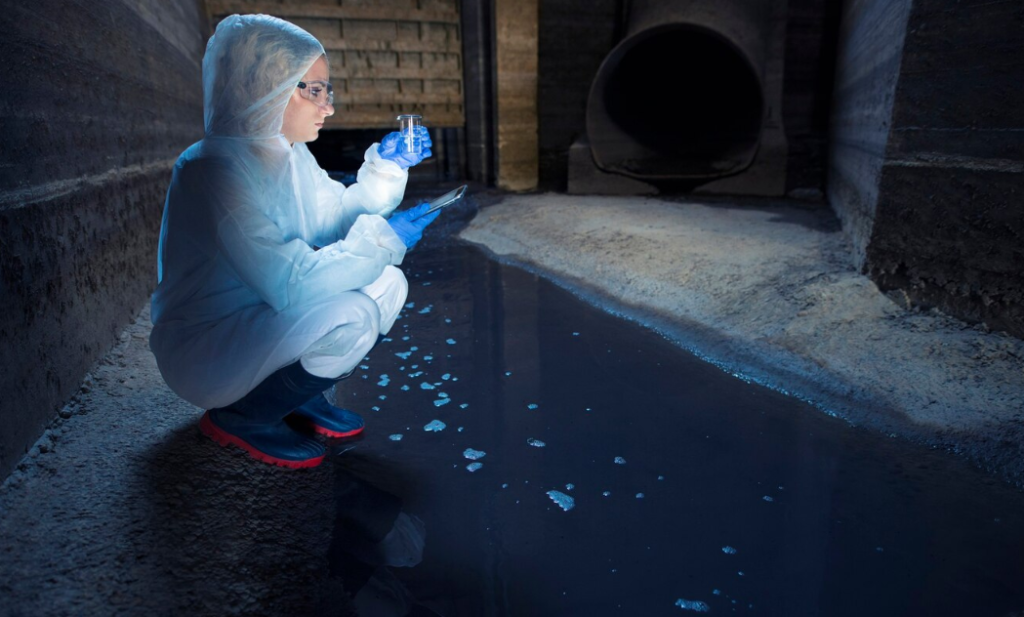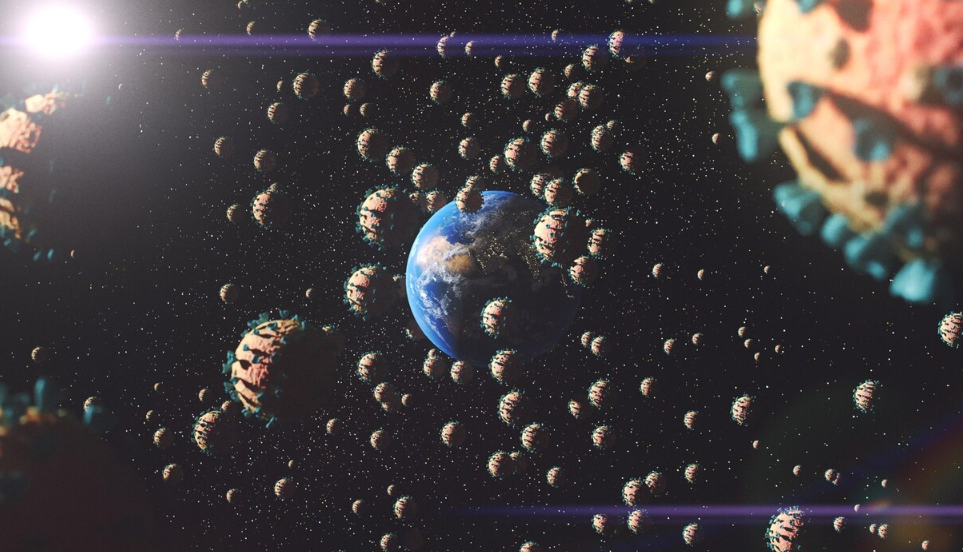What if your morning walk became a quest? What if your fridge gave you achievements for healthy eating? What if your neighborhood streets were mapped as a digital maze?
In an increasingly gamified world, we’re beginning to see life through a new lens—a ludic layer, where ordinary experiences are reimagined as opportunities for play.
But this isn’t just about badges and points. It’s about fundamentally reshaping how we engage with our environment, our routines, and even ourselves.
Defining the Ludic Layer
The term ludic comes from the Latin word ludere, meaning “to play.” The ludic layer refers to a conceptual overlay on reality where playfulness becomes a mode of interaction with the world.
It’s not limited to screens or games—it’s about embedding game-like thinking into everyday contexts. It transforms mundane activities into dynamic, interactive, and sometimes even joyful experiences.
This doesn’t mean turning everything into a game. Rather, it means designing systems, tools, and environments that invite playful engagement, exploration, experimentation, and personal expression.
Examples of the Ludic in Action
- Location-based games like Pokémon GO turn physical space into a digital playground, encouraging movement and exploration.
- Fitness apps such as Zombies, Run! inject narrative and urgency into jogging, making exercise feel like a survival game.
- Smart cities are experimenting with traffic lights, recycling systems, and public art that respond to playful human behaviors.
- Augmented reality (AR) allows users to “see” hidden layers in their world, from historical overlays to puzzle challenges embedded in real-world architecture.
The ludic layer thrives at the intersection of design, storytelling, and interaction, not necessarily relying on traditional gameplay mechanics but still evoking curiosity and creative input.
Why Add Play to the Everyday?
1. Motivation Through Meaning
Gamified systems can motivate behavior—but when designed well, ludic experiences provide more than external rewards. They offer intrinsic engagement, making tasks feel more meaningful and connected to personal goals.
2. Enhanced Learning
The ludic layer promotes trial-and-error learning. It encourages people to explore, fail safely, and experiment without fear—powerful tools in education and professional training.
3. Mental Well-being
Play is deeply human. It reduces stress, fosters joy, and improves cognitive flexibility. By injecting playful elements into routine life, we can combat burnout and emotional fatigue.
4. Social Connection
Shared ludic experiences foster community, cooperation, and friendly competition. Whether through neighborhood scavenger hunts or interactive museum exhibits, they bring people together in surprising ways.
Risks and Limitations
The ludic layer is not without pitfalls.
- Surveillance play: Many ludic systems rely on data tracking, raising concerns about privacy and digital autonomy.
- Manipulation: Poorly designed gamification can exploit users, encouraging addictive behavior or manipulating emotions for profit.
- Over-gamification: Not every moment needs to be optimized, scored, or leveled up. Constant feedback can become exhausting or devalue authentic experiences.
Responsible design means recognizing where the ludic adds value—and where it should gracefully step back.
Designing for Ludic Possibility
Unlike traditional games, the ludic layer is often emergent—not fully designed, but co-created by users. Designers can create systems that invite play without prescribing every interaction.
This includes:
- Open-ended environments that reward curiosity.
- Interfaces that respond to unusual or experimental input.
- Physical spaces that blur the line between utility and exploration.
- Tools that treat users as players rather than consumers.
The goal is not to make life a game—but to reveal the gamefulness already hidden within it.
The Future of Playable Worlds
As technology becomes more ambient and environments more interactive, the ludic layer will likely grow more pervasive—and more subtle. From smart textiles to AR glasses, the world is becoming a responsive canvas.
What we choose to overlay onto it—narratives, challenges, relationships—will shape how we live, learn, and connect.
In this future, play isn’t a distraction from reality. It’s a deepened engagement with it.
Conclusion: A World Reimagined
The ludic layer is a mindset, not just a feature. It’s the belief that play belongs not only in games, but in sidewalks, spreadsheets, kitchens, and classrooms.
By embracing playful design, we unlock new dimensions of interaction—ones where joy, meaning, and creativity can flourish in the everyday.
Because when we choose to play, we don’t escape reality—we recode it.


